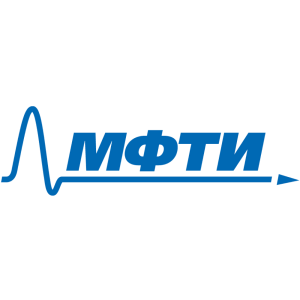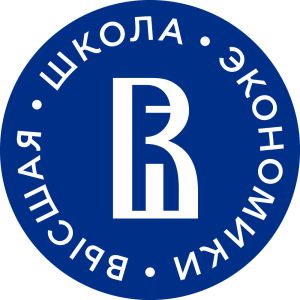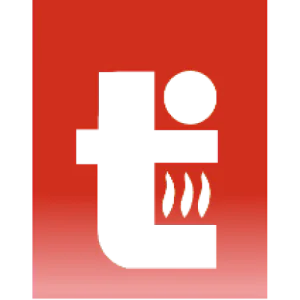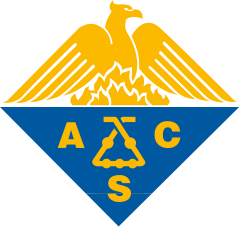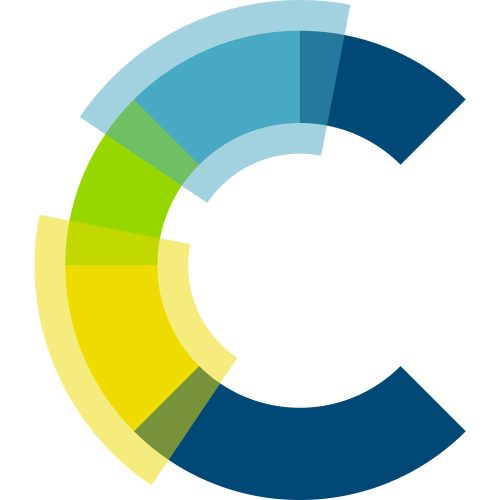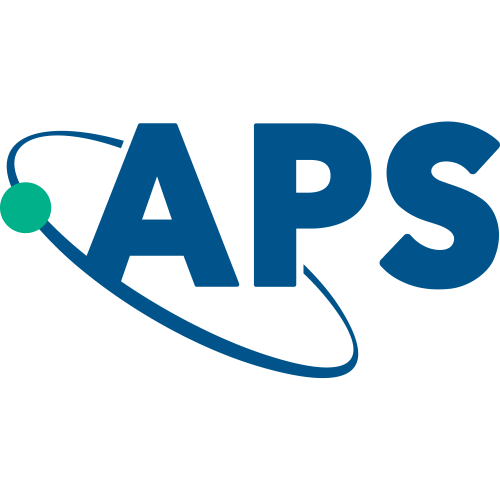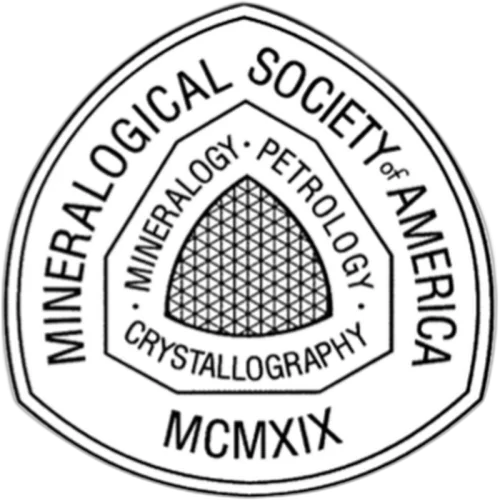Nucleation in aqueous NaCl solutions shifts from 1-step to 2-step mechanism on crossing the spinodal
In this work, we use large-scale molecular dynamics simulations coupled to free energy calculations to identify for the first time a limit of stability (spinodal) and a change in the nucleation mechanism in aqueous NaCl solutions. This is a system of considerable atmospheric, geological, and technical significance. We find that the supersaturated metastable NaCl solution reaches its limit of stability at sufficiently high salt concentrations, as indicated by the composition dependence of the salt chemical potential, indicating the transition to a phase separation by spinodal decomposition. However, the metastability limit of the NaCl solution does not correspond to spinodal decomposition with respect to crystallization. We find that beyond this spinodal, a liquid/amorphous separation occurs in the aqueous solution, whereby the ions first form disordered clusters. We term these clusters as “amorphous salt.” We also identify a transition from one- to two-step crystallization mechanism driven by a spinodal. In particular, crystallization from aqueous NaCl solution beyond the spinodal is a two-step process, in which the ions first phase-separate into disordered amorphous salt clusters, followed by the crystallization of ions in the amorphous salt phase. By contrast, in the aqueous NaCl solution at concentrations lower than the spinodal, crystallization occurs via a one-step process as the ions aggregate directly into crystalline nuclei. The change of mechanism with increasing supersaturation underscores the importance of an accurate determination of the driving force for phase separation. The study has broader implications on the mechanism for nucleation of crystals from solutions at high supersaturations.
Top-30
Journals
|
2
4
6
8
10
12
14
|
|
|
Journal of Chemical Physics
14 publications, 17.07%
|
|
|
Crystal Growth and Design
8 publications, 9.76%
|
|
|
Journal of Physical Chemistry B
6 publications, 7.32%
|
|
|
Journal of Molecular Liquids
3 publications, 3.66%
|
|
|
CrystEngComm
3 publications, 3.66%
|
|
|
Journal of Physical Chemistry C
3 publications, 3.66%
|
|
|
Physical Chemistry Chemical Physics
3 publications, 3.66%
|
|
|
Chemical Science
3 publications, 3.66%
|
|
|
Faraday Discussions
3 publications, 3.66%
|
|
|
Fluid Phase Equilibria
2 publications, 2.44%
|
|
|
Journal of Crystal Growth
2 publications, 2.44%
|
|
|
Chemical Engineering Science
2 publications, 2.44%
|
|
|
Journal of Chemical Theory and Computation
2 publications, 2.44%
|
|
|
ACS applied materials & interfaces
1 publication, 1.22%
|
|
|
Physical Review X
1 publication, 1.22%
|
|
|
Physical Review Letters
1 publication, 1.22%
|
|
|
Crystals
1 publication, 1.22%
|
|
|
Molecules
1 publication, 1.22%
|
|
|
Journal of Molecular Graphics and Modelling
1 publication, 1.22%
|
|
|
Journal of Alloys and Compounds
1 publication, 1.22%
|
|
|
Environmental Science & Technology
1 publication, 1.22%
|
|
|
Journal of Physical Chemistry Letters
1 publication, 1.22%
|
|
|
Langmuir
1 publication, 1.22%
|
|
|
JACS Au
1 publication, 1.22%
|
|
|
ACS Applied Engineering Materials
1 publication, 1.22%
|
|
|
Soft Matter
1 publication, 1.22%
|
|
|
PNAS Nexus
1 publication, 1.22%
|
|
|
Foundations of Molecular Modeling and Simulation
1 publication, 1.22%
|
|
|
Proceedings of the National Academy of Sciences of the United States of America
1 publication, 1.22%
|
|
|
Russian Journal of Biological Physics and Chemisrty
1 publication, 1.22%
|
|
|
2
4
6
8
10
12
14
|
Publishers
|
5
10
15
20
25
30
|
|
|
American Chemical Society (ACS)
27 publications, 32.93%
|
|
|
Elsevier
15 publications, 18.29%
|
|
|
AIP Publishing
14 publications, 17.07%
|
|
|
Royal Society of Chemistry (RSC)
13 publications, 15.85%
|
|
|
MDPI
3 publications, 3.66%
|
|
|
Springer Nature
3 publications, 3.66%
|
|
|
American Physical Society (APS)
2 publications, 2.44%
|
|
|
Oxford University Press
1 publication, 1.22%
|
|
|
Proceedings of the National Academy of Sciences (PNAS)
1 publication, 1.22%
|
|
|
RIOR Publishing Center
1 publication, 1.22%
|
|
|
Wiley
1 publication, 1.22%
|
|
|
Mineralogical Society of America
1 publication, 1.22%
|
|
|
5
10
15
20
25
30
|
- We do not take into account publications without a DOI.
- Statistics recalculated weekly.


